A Feral Africanis: a Wild Breed of Dog by Photographer Daniel Naudé
Advertisements:
[The Africanis is a landrace of South African dogs. It is believed to be of ancient origin, directly descended from hounds and pariah dogs of ancient Africa, introduced into the Nile Valley from the Levant. The Swahili name for the breed is umbwa wa ki-shenzi meaning common or mongrel or [traditional dog]. Africanis is also an umbrella name for all the aboriginal dogs in southern Africa.
The Africanis Society of Southern Africa aims to conserve the Africanis as a landrace rather than develop it as a breed. The Africanis is recognized by the Kennel Union of South Africa (KUSA) as an emerging breed.
The Africanis is a short-coated, medium-sized dog, well-muscled and slightly longer than tall. It can be of any colour and occasionally comes with a ridgeback. It is slenderly built, agile, supple, and capable of great speed.
The Africanis is well disposed without being obtrusive: a friendly dog showing watchful territorial behaviour. The breed is independent and territorial, but highly trainable]. – Wikipedia
The Africanis Society of Southern Africa aims to conserve the Africanis as a landrace rather than develop it as a breed. The Africanis is recognized by the Kennel Union of South Africa (KUSA) as an emerging breed.
The Africanis is a short-coated, medium-sized dog, well-muscled and slightly longer than tall. It can be of any colour and occasionally comes with a ridgeback. It is slenderly built, agile, supple, and capable of great speed.
The Africanis is well disposed without being obtrusive: a friendly dog showing watchful territorial behaviour. The breed is independent and territorial, but highly trainable]. – Wikipedia
Africanis 12. Richmond, Northern Cape, April 4, 2009. (Photo by Daniel Naudé)
Africanis 23. Richmond, Northern Cape, Jan. 28, 2009. (Photo by Daniel Naudé)
Africanis 19. Graaff-Reinet, Eastern Cape, May 15, 2010. (Photo by Daniel Naudé)
Africanis 18. Murraysburg, Western Cape, May 10, 2010. (Photo by Daniel Naudé)
Africanis 8. Barkly East, Eastern Cape, July 5, 2008. (Photo by Daniel Naudé)
Africanis 2. Strydenburg, April 1, 2008. (Photo by Daniel Naudé)
Africanis 20. Petrusville, Northern Cape, April 19, 2011. (Photo by Daniel Naudé)
Africanis 11. Murraysburg, Western Cape, Feb. 4, 2009. (Photo by Daniel Naudé)
Africanis 21. Richmond, Northern Cape, April 17, 2011. (Photo by Daniel Naudé)
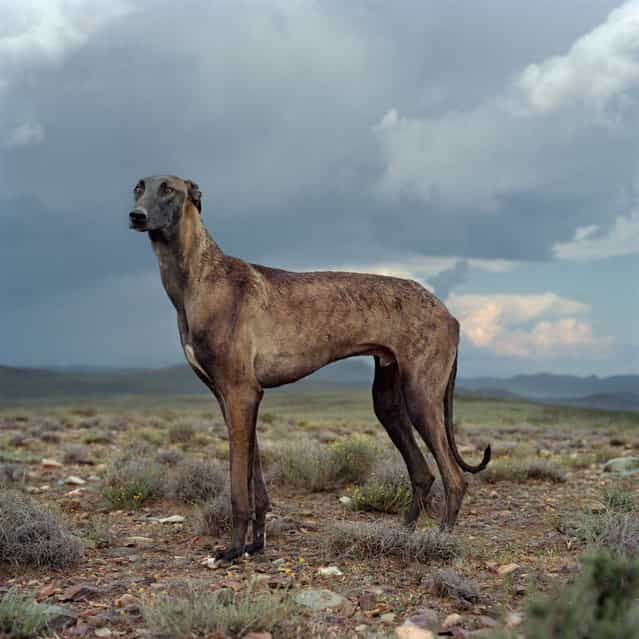
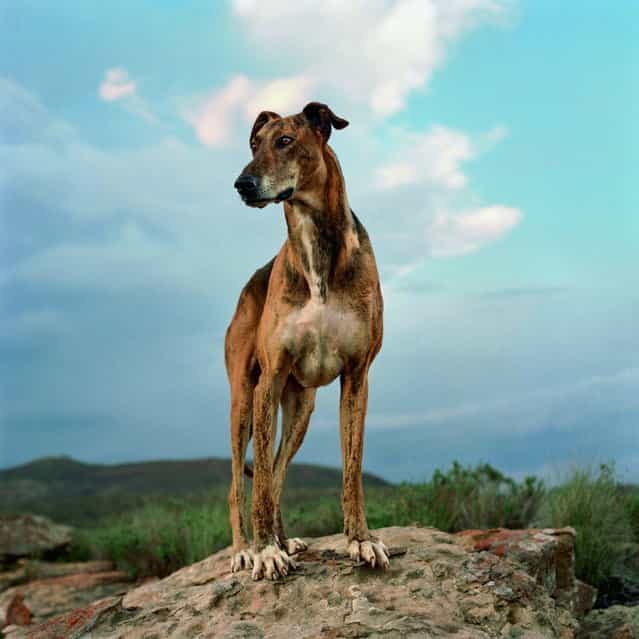
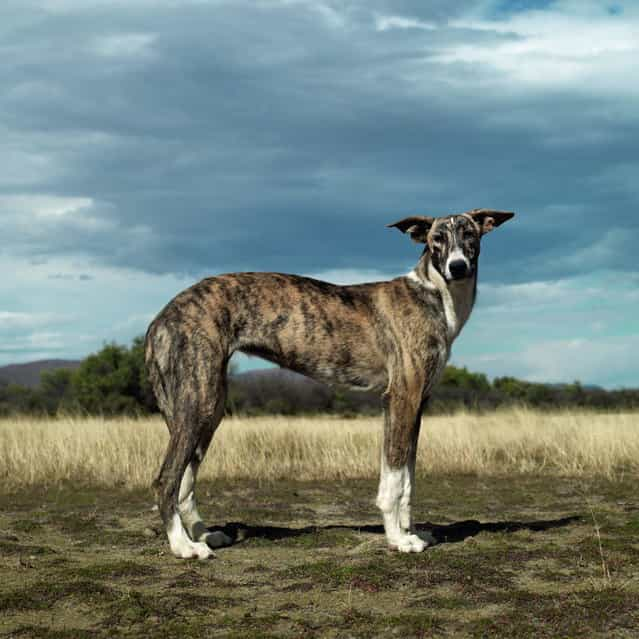
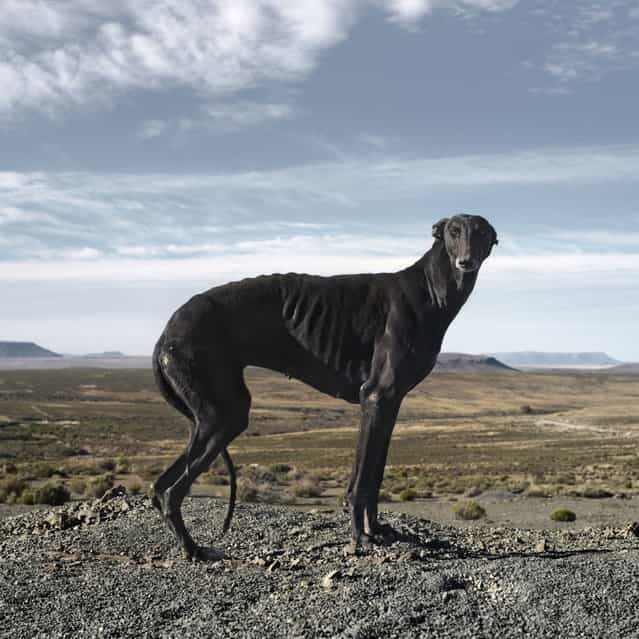
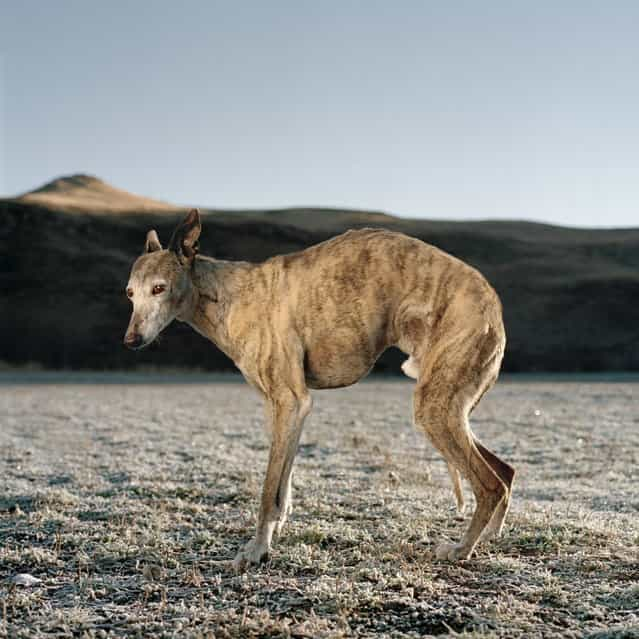
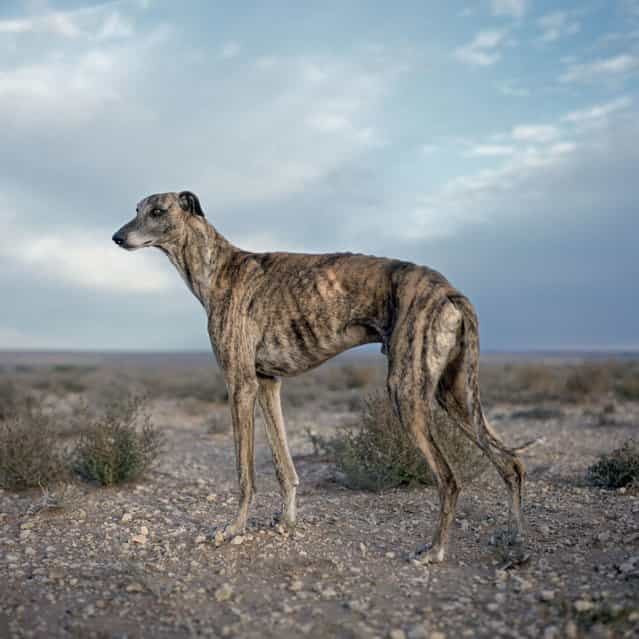
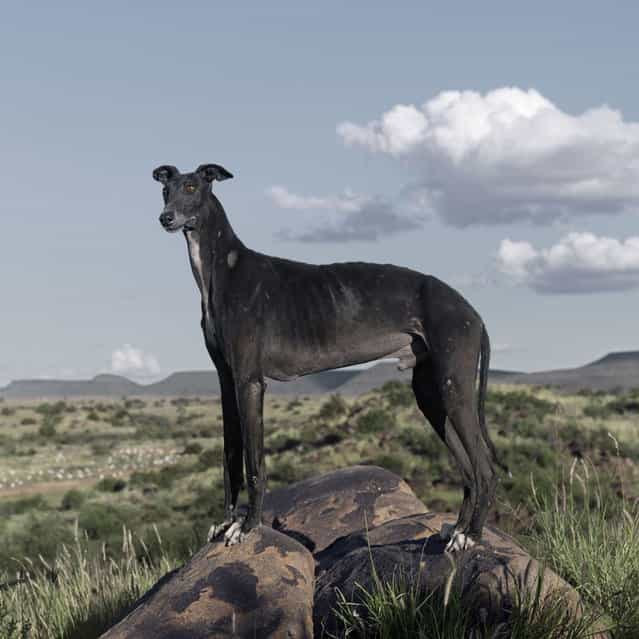
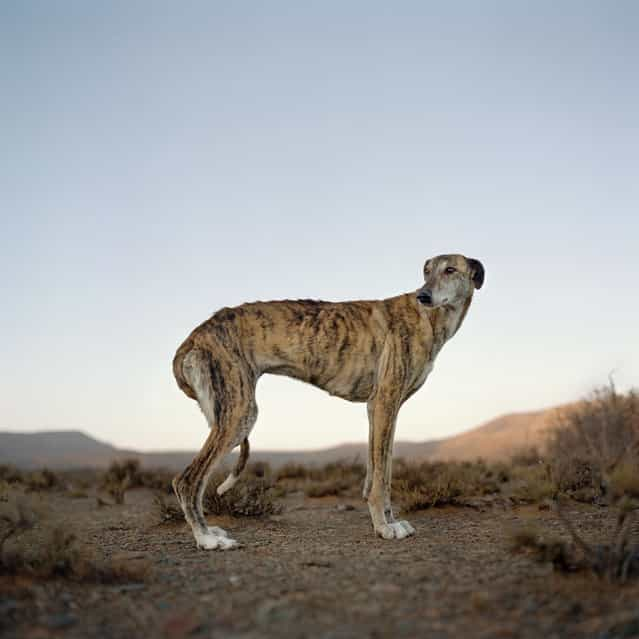



![[Hunting for a Salmon] [Hunting for a Salmon]](http://img.gagdaily.com/uploads/posts/edu/2013/short/0000a679_medium.jpg)
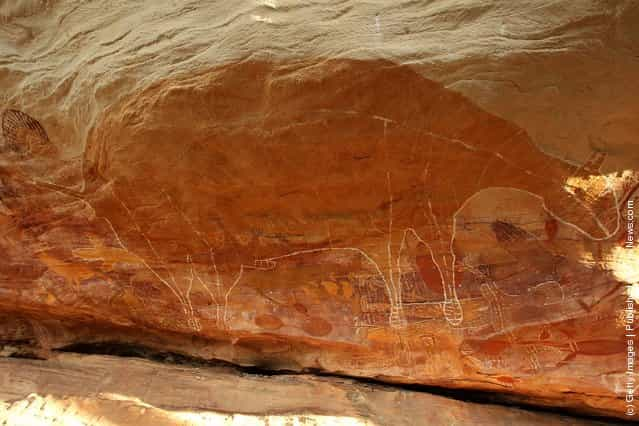
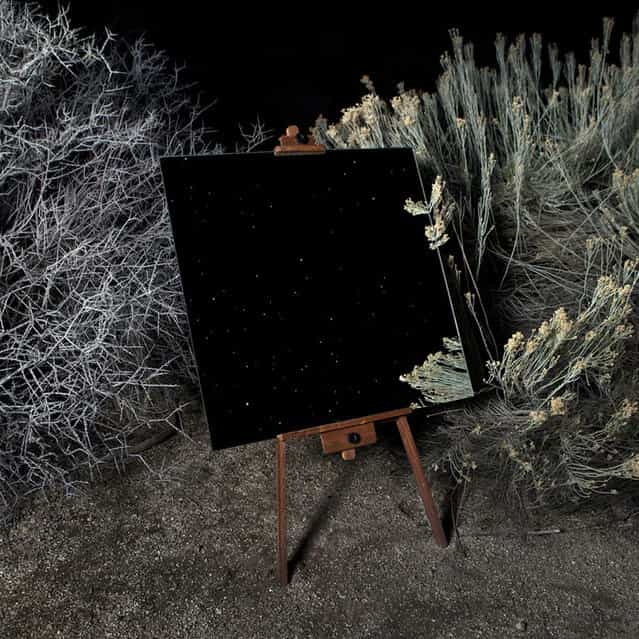

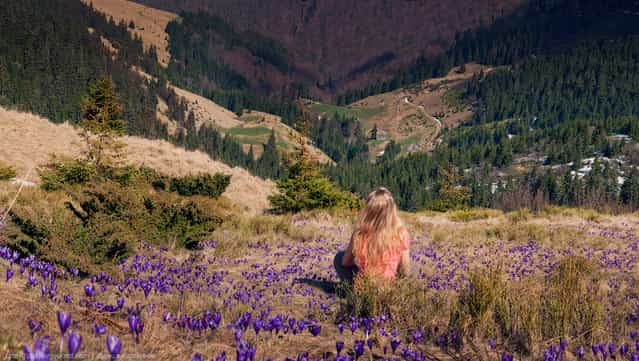

![Rare [Hybrid] Total Solar Eclipse Rare [Hybrid] Total Solar Eclipse](http://img.gagdaily.com/uploads/posts/fact/2013/short/00010c55_medium.jpg)






